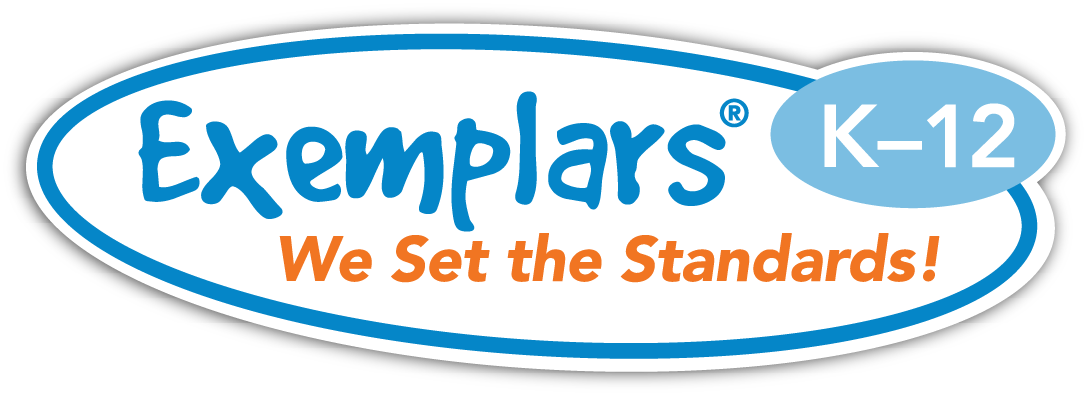A few years went by and I was (thankfully) introduced to the idea of student-centered mathematics. Through various training opportunities and observations in the classrooms of skilled teachers, I began to see the value in slowing down and looking at more than just the final answer. I started to expect more from my students and realized they were capable of so much more than I had realized. They were making sense of complex problems, determining appropriate strategies, and learning to share and defend their reasoning. Their solutions were now a detailed look into their mathematical thinking. I was proud of the little mathematicians I was helping to grow through the use of true problem solving at the heart of many of my lessons.
Going Beyond the Task:
Using the “Connections” Portion of the Rubric to Extend Student Learning
By Jamie Rhinesmith, 2nd Grade Teacher, Missouri

If you had asked me in my first couple years of teaching what I was looking for as I was checking a student’s work on a story problem, my answer would have been simple: the correct answer. Did the student have errors in how they found their answer? Didn’t matter. What strategy did they use? Couldn’t tell you. There was no need for a full solution, just an answer that was either right or wrong. I couldn’t even call their work true “problem solving,” as there wasn’t much of a problem for them to solve. They were often simply applying the skill of that day’s lesson into a story context, without even needing to fully read or understand it.
"... students get excited when they're able to connect their solution to the topic previously learned or a concept they have explored outside of the classroom at their own unique level."
For many years after this, my expectations for my elementary students remained unchanged. This plateau in my own growth as a math teacher continued until I discovered Exemplars, or more specifically, the Exemplars Rubric. The Exemplars Rubric contains five criteria: Problem Solving, Reasoning and Proof, Communication, Connections, and Representation. Many of the ideas mentioned in the “Practitioner” level (meets the standard) of the rubric were things I was already expecting from my students: choosing a strategy, using correct math terminology in their communication, representing the problem mathematically, and so forth. However, one of the five sections, Connections, was new to me, and it didn’t take me long to realize it was the exact thing I was missing in my problem-solving time.
"The pride with which all of these students shared these connections was inspiring for me as their teacher."
Exemplars defines Connections as “mathematically relevant observations that students make about their problem-solving solutions” (Armitage). Essentially, this section of the rubric holds students accountable for going beyond the solution to the task. It tells kids that they aren’t actually done just because they have answered the question in the task. The idea that there is more work to be done even after solving it is not only important for their mathematical growth, but also helps with pacing within the classroom. Students can’t race to finish, fall behind, or ask, “What do I do now?” Every mathematician can be thinking, working, and writing for the duration of the allotted time.
Additionally, I have found such beauty in the connections my students have made and the inherent differentiation for which this process allows. In the past, differentiating during a problem-solving task has been slightly chaotic, with me rushing around the room to scribble in more challenging numbers or add an additional question on specific students’ papers. Now, students get excited when they’re able to connect their solution to a topic previously learned or a concept they have explored outside of the classroom at their own unique level. For example, on a recent task that involved the numbers 37 and 86, one particular second grader showed the size of a 37-degree angle and an 86-degree angle and labeled them both “acute,” showing their relationship to 90 degrees. Another student found multiplication and 2-step equations to equal the numbers in the problem. Many others wrote all 4 facts of the fact family that went with the problem, a skill we had been working on previously. The pride with which all of these students shared these connections was inspiring for me as their teacher. Finding mathematical connections allows students to push themselves and their thinking beyond the question in front of them and grow as true mathematicians.
"Finding mathematical connections allows students to push themselves and their thinking beyond the question in front of them and grow as true mathematicians."
Armitage, D. (n.d.) Understanding Mathematical Connection, K-5. Exemplars. exemplars.com/blog/understanding-mathematical-connections-k-5

